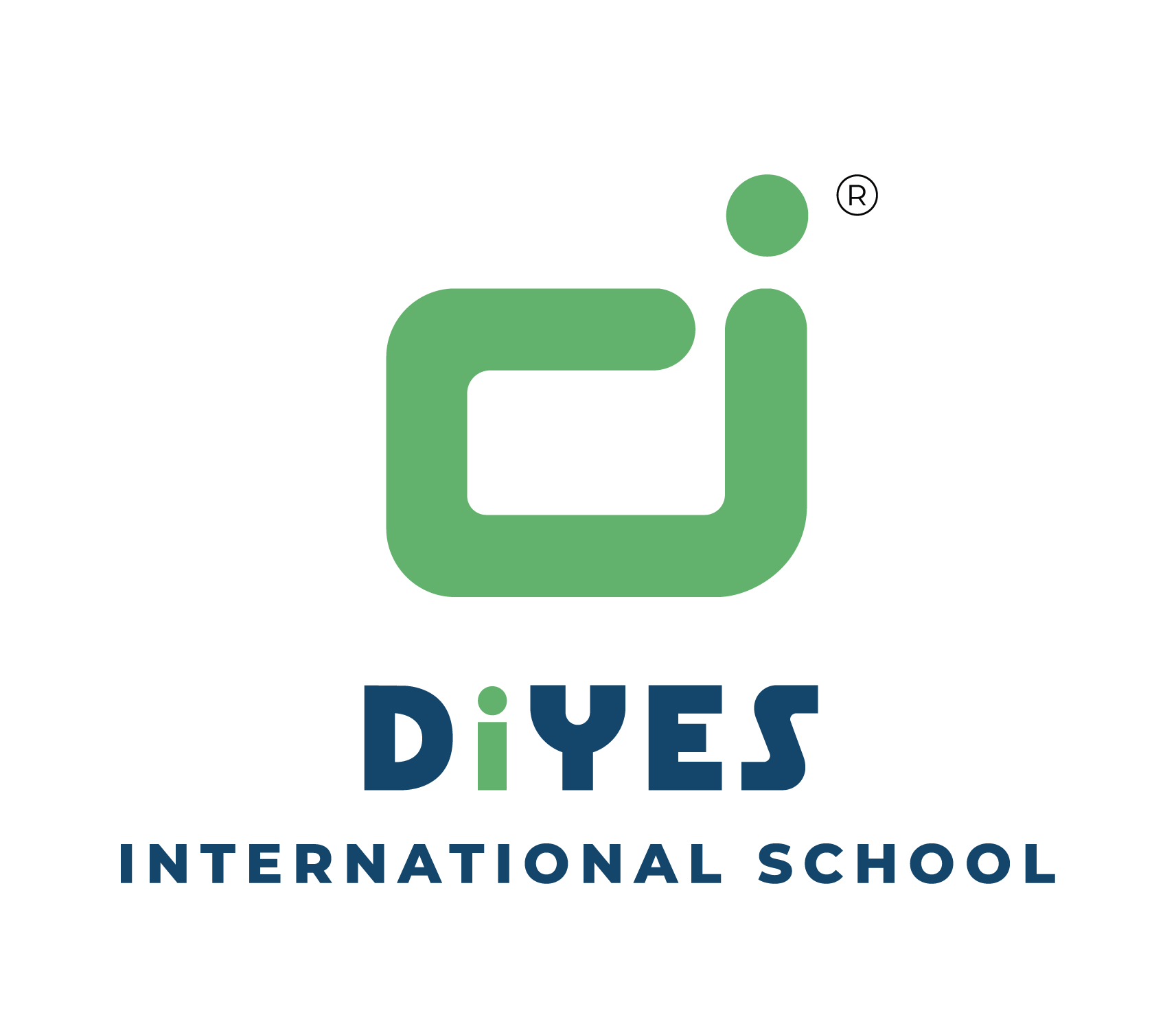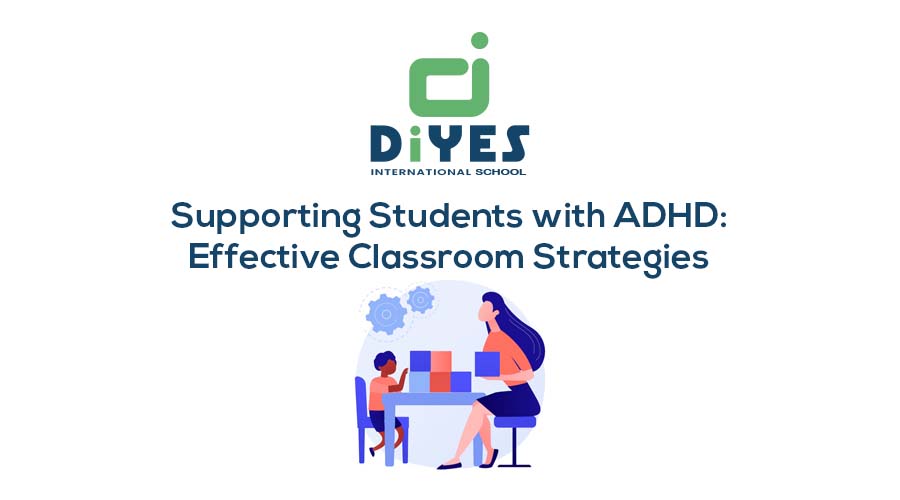ADHD, a neurodevelopmental condition, is marked by symptoms such as inattention, hyperactivity, and impulsivity. In the classroom setting, students with ADHD may struggle to stay focused, follow instructions, and manage their behaviour, posing significant challenges to their academic success. As educators, it is essential to implement effective strategies for students with ADHD that accommodate the unique needs of these students and create a supportive learning environment where they can reach their full potential. This includes understanding how to support students with ADHD comprehensively.

Students with Attention Deficit Hyperactivity Disorder (ADHD) often face unique challenges in the classroom, impacting their academic performance and overall well-being. This blog aims to provide teachers with practical strategies for students with ADHD to support students with ADHD and create an inclusive learning environment where every student can flourish. From implementing classroom accommodations to nurturing self-regulation skills, explore effective strategies for students with ADHD to meet the diverse needs of students with ADHD and enhance their academic success.
Understanding ADHD in the Classroom
ADHD manifests differently in each student, presenting a range of challenges that impact their academic performance and social interactions. Here’s an overview of ADHD symptoms and their implications in the classroom setting.
- Recognizing ADHD Symptoms: Familiarize yourself with the common symptoms of ADHD, including inattention, hyperactivity, impulsivity, and difficulties with organization and time management. Understand that these symptoms may fluctuate throughout the day and vary in intensity among students.
- Understanding the Impact on Learning: Recognize how ADHD symptoms can affect various aspects of learning, such as attention, memory, executive functioning, and social skills. Understand that students with ADHD may require additional support and accommodations to succeed academically and socially.
- Creating a Supportive Classroom Environment: Nurture a positive and inclusive classroom culture that celebrates diversity and respects the individual needs of all students, including those with ADHD. Encourage open communication and collaboration among students, teachers, and parents to address challenges and promote success.
By gaining a deeper understanding of ADHD and its impact on learning, educators can implement targeted strategies and accommodations to support students with ADHD effectively and create an inclusive classroom environment where every student feels valued and supported.
Implementing Classroom Accommodations
Classroom accommodations are modifications or adjustments made to the learning environment to support students with ADHD and address their specific needs. Here are practical accommodations that can help students with ADHD succeed in the classroom.
- Providing Structured Routines and Visual Supports: Establish consistent daily routines and visual schedules to help students with ADHD organize their tasks and manage their time effectively. Use visual aids such as calendars, checklists, and visual timers to enhance organization and promote independence.
- Offering Flexible Seating Options: Allow students with ADHD to choose seating arrangements that best suit their needs, such as sitting on a stability ball or using a standing desk. Providing flexible seating options can help students regulate their energy levels and focus better during class.
- Breaking Tasks into Manageable Steps: Break down complex tasks into smaller, more manageable steps to help students with ADHD overcome feelings of overwhelm and stay on track. Provide clear instructions and checkpoints to guide them through the task completion process.
- Providing Regular Breaks and Movement Opportunities: Incorporate frequent breaks and movement opportunities into the daily schedule to help students with ADHD release excess energy and improve their focus and attention. Allow them to take short movement breaks or participate in sensory activities as needed.
In conclusion, by implementing classroom accommodations tailored to the individual needs of students with ADHD, educators can create a supportive learning environment where these students can explore academically and socially, building confidence and achieving success.
Nurturing Self-Regulation Skills
Self-regulation skills are essential for students with ADHD to manage their impulses, emotions, and behaviours effectively. Here are strategies to help students develop self-regulation skills and become more independent learners.
- Teaching Mindfulness and Relaxation Techniques: Introduce mindfulness exercises and relaxation techniques, such as deep breathing, guided imagery, and progressive muscle relaxation, to help students with ADHD calm their minds and bodies during times of stress or overstimulation.

- Implementing Behaviour Management Strategies: Establish clear expectations and behaviour guidelines in the classroom, and consistently reinforce positive behaviours through praise and rewards. Use visual cues, such as behaviour charts or token systems, to track progress and provide feedback.
- Teaching Time Management and Organization Skills: Teach students with ADHD practical strategies for managing their time and organizing their tasks, such as using planners, setting timers, and prioritizing assignments. Provide guidance and support as they learn to plan and prioritize their responsibilities.
- Encouraging Self-Advocacy and Problem-Solving: Empower students with ADHD to advocate for their needs and seek support when necessary. Encourage them to communicate their challenges and preferences to teachers and peers, and teach them problem-solving strategies to overcome obstacles independently.
In essence, by nurturing self-regulation skills, educators can empower students with ADHD to take control of their learning and behaviour, enabling them to navigate challenges more effectively and achieve academic success with confidence.
Building Positive Relationships and Support Networks
Positive relationships with teachers, peers, and support staff play a crucial role in the academic and emotional well-being of students with ADHD. Here are strategies to build supportive relationships and networks that enhance the learning experience for students with ADHD.
- Establishing Open Communication Channels: Nurture open communication and collaboration among teachers, parents, and support staff to ensure a coordinated approach to supporting students with ADHD. Share information about students’ strengths, challenges, and individualized plans to facilitate consistency and continuity of support.
- Providing Individualized Support and Encouragement: Recognize and celebrate the unique strengths and accomplishments of students with ADHD, and provide individualized support and encouragement to help them overcome challenges. Offer praise and positive reinforcement to boost their confidence and motivation.
- Encouraging Peer Support and Peer Mentoring: Promote peer support and peer mentoring initiatives that pair students with ADHD with supportive peers who can offer encouragement, understanding, and friendship. Create opportunities for collaboration and teamwork that nurture a sense of belonging and inclusion.
- Offering Access to School-Based Resources and Services: Ensure that students with ADHD have access to school-based resources and services, such as counselling, academic support, and accommodations. Provide information about available supports and empower students to seek assistance when needed.
By building positive relationships and support networks, educators can create a nurturing and inclusive school environment where students with ADHD feel valued, supported, and empowered to succeed academically and socially.
Conclusion
In conclusion, the journey of supporting students with ADHD transcends mere classroom accommodations; it embodies a holistic commitment to understanding, empathy, and collaboration. By recognizing the diverse manifestations of ADHD and its impact on students’ academic and emotional well-being, educators lay the groundwork for effective intervention and support. Implementing targeted accommodations tailored to individual needs, nurturing self-regulation skills, and cultivating positive relationships and support networks are pivotal in creating an inclusive learning environment where every student feels valued and empowered to succeed.

Moreover, the role of educators extends beyond the confines of traditional teaching; it encompasses advocacy, mentorship, and unwavering support. Through open communication channels and collaborative efforts with parents, support staff, and peers, educators can ensure a cohesive approach to meeting the diverse needs of students with ADHD. By celebrating students’ strengths, providing individualized encouragement, and offering access to a spectrum of school-based resources and services, educators instill a sense of belonging and resilience, nurturing an environment where students with ADHD can flourish academically and socially.
Ultimately, the journey of supporting students with ADHD is a testament to the transformative power of empathy, patience, and unwavering dedication. By championing inclusivity, nurturing a culture of understanding and acceptance, and equipping students with the tools and support they need to succeed, educators become catalysts for positive change and advocates for every student’s right to a quality education. Through our collective efforts, we can create a future where students with ADHD are not defined by their challenges, but by their resilience, perseverance, and boundless potential to make a meaningful impact in the world.
At DiYES International School, we recognize the importance of providing tailored support and accommodations for students with ADHD to ensure their academic success and overall well-being. Our experienced educators are trained to understand the unique needs of students with ADHD and implement evidence-based strategies to support their learning journey. Through a nurturing and inclusive learning environment, we empower students with ADHD to incorporate their strengths, overcome challenges, and excel academically, socially, and emotionally. With a focus on personalized instruction, small class sizes, and comprehensive support services, DiYES International School is committed to providing an exceptional educational experience where every student can reach their full potential.
To learn more about DiYES International School and our commitment to supporting students with ADHD, visit our website at www.diyesinternational.edu.in or contact us at +918547609000. Our dedicated admissions team is available to answer any questions you may have and provide information about our programs, curriculum, and support services.


